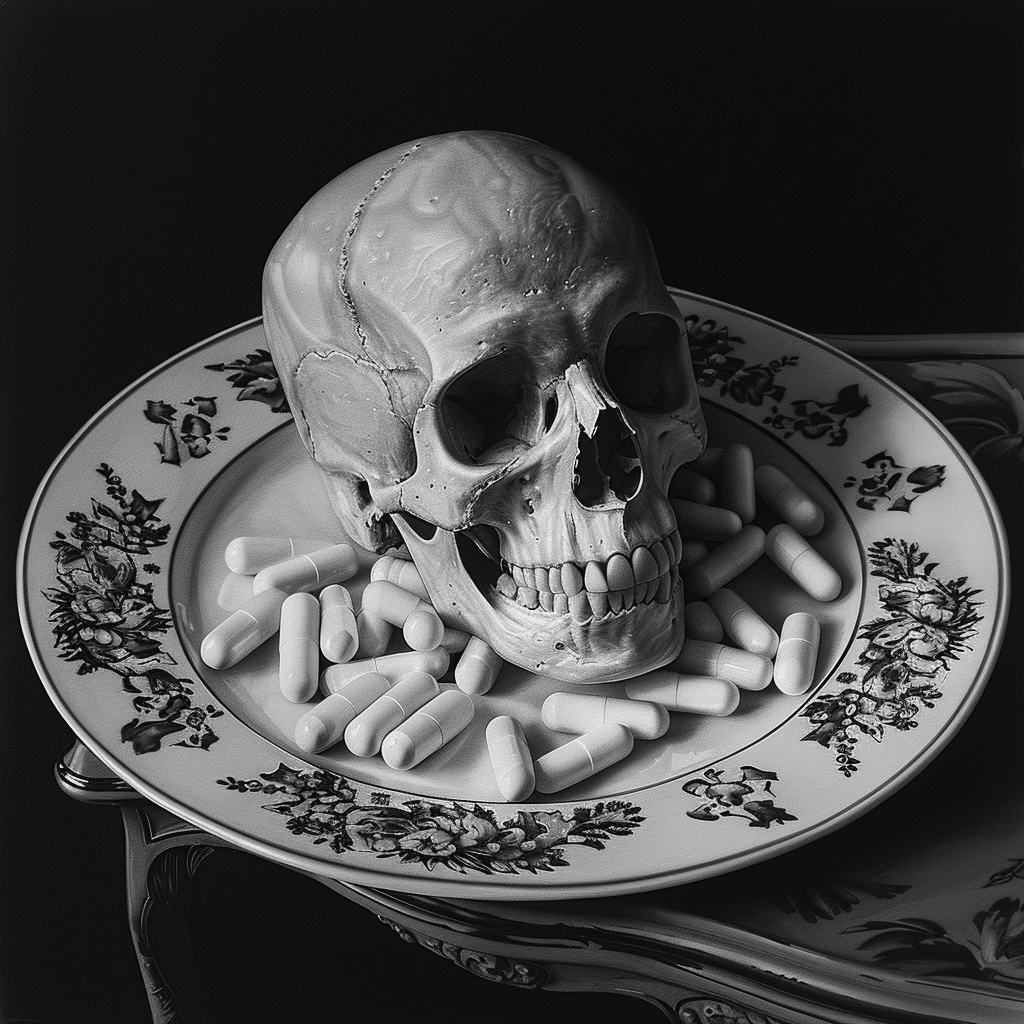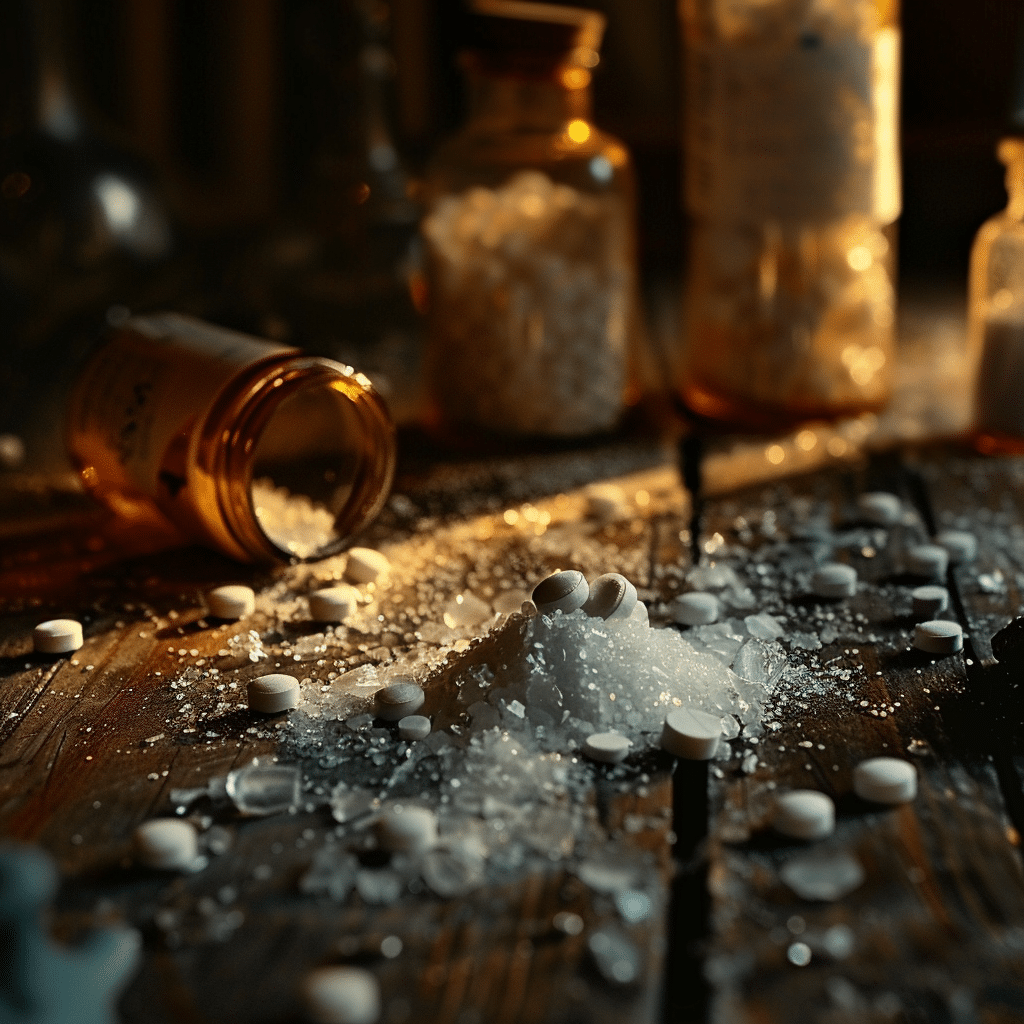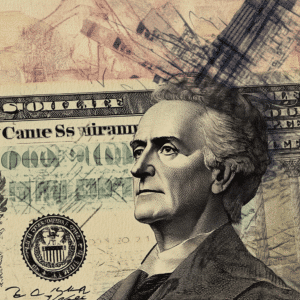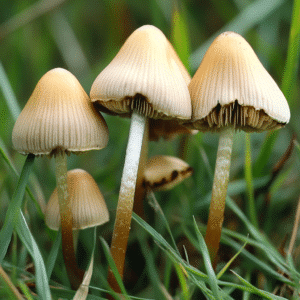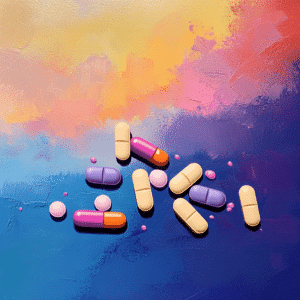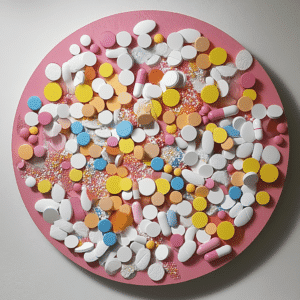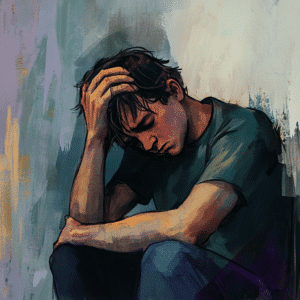When it comes to grappling with the hold of heroin, the road can be rocky and arduous. Here at Mothers Against Addiction, we stand hand in hand with those who battle the throws of substance abuse, particularly those parents who either are in turmoil watching their children struggle with addiction or those who have experienced the grievous loss of a child to this overwhelming foe. “How long does heroin last?” This question isn’t just a query for scientific understanding—it’s a cry for help, a step toward unraveling the threads of a life ensnared. To best support and arm you with knowledge, we delve deeply into the journey of heroin in the body and mind.
The Duration of a Heroin High: Understanding its Transient Escape
Ah, the heroin high—often described as a profound sense of euphoria—seems to those in its grasp like a fleeting escape from reality. Yet, the allure is but a siren song, calling many to rocky demise. Typically, “how long does a heroin high last?” hinges on some critical factors. The purity of the drug, the form it’s taken, and yes, your own body’s story. If we’re talking shooting up, that high might clutch you for all of about 5 minutes before it begins to fade—but the glow might linger for a few hours. Snort or smoke it, and the high might stretch out a tad longer, yet it’s the same fleeting story. Stories from the trenches align with clinical data; the onset is rapid, the peak near blinding, but the waning effects leave a void that cries for more.
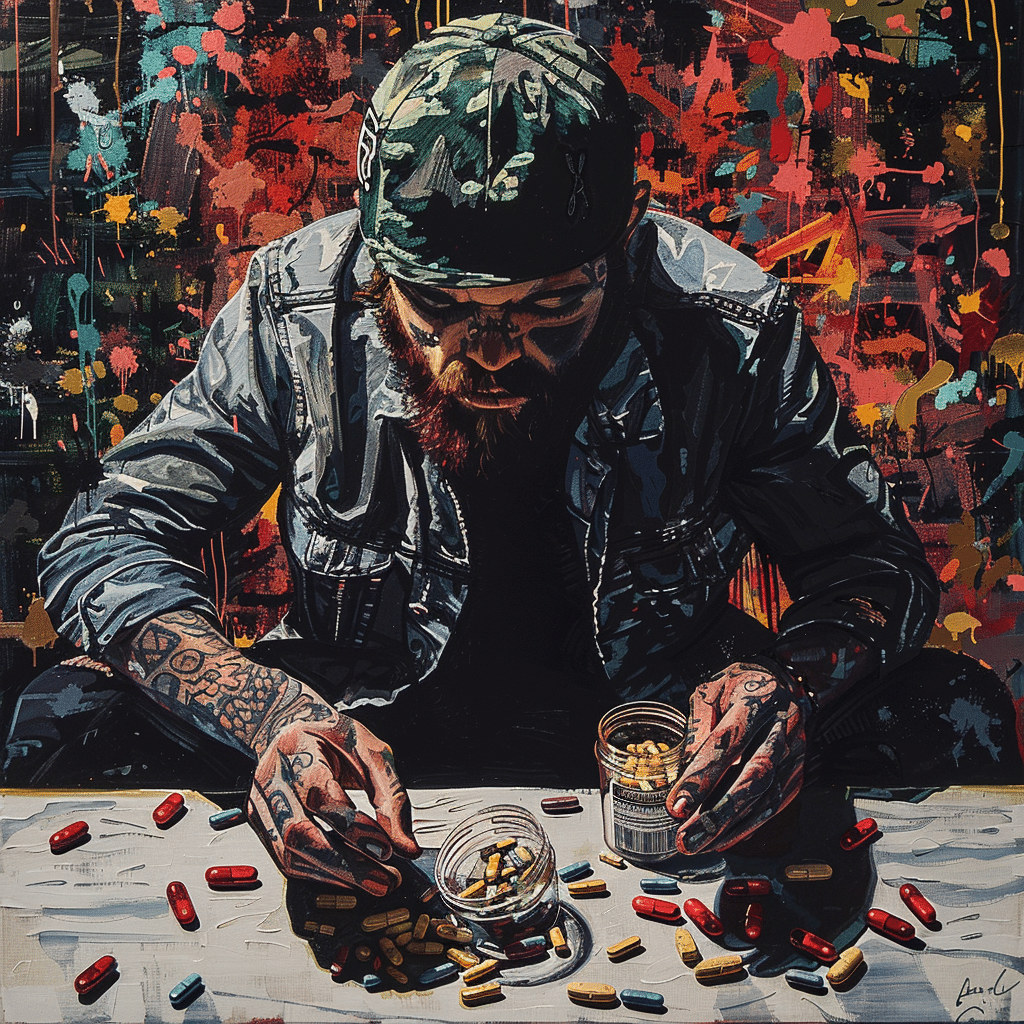
Tracing Heroin’s Presence: From Immediate Effects to Lingering Traces
Heroin isn’t a hit-and-run; it leaves traces scoured for by tests long after use. Its telltale markers can hang around—smack dab in your urine for a few days to a week, shadowing your blood for up to six hours, your saliva for 48 hours, and your hair follicles might whisper tales of use for up to 3 months after the fact. These windows vary—with a heavy user’s timeline stretching further than the occasional dabbler’s. Each test peels back layers, revealing the stark reality of heroin’s invasion into the system. Here we stand on a foundation of studies and science; each number is a breadcrumb leading back from the rabbit hole of use.
| Aspect | Details |
| Substance | Heroin (diacetylmorphine) |
| Classification | Opioid |
| Method of Use | Intravenous injection, snorting, smoking |
| Onset of Effects | * Injection: 7-8 seconds |
| * Snorting: 10-15 minutes | |
| * Smoking: Within seconds to minutes | |
| Duration of High | 4-5 hours (peak effects lasting for 1-2 hours) |
| Half-life | 2-6 minutes (heroin itself) |
| * Metabolites can last longer: morphine has a half-life of 1.5-7 hours | |
| Detectable in Urine | 1-4 days after use |
| Detectable in Blood | Up to 6 hours after use |
| Detectable in Hair | Up to 90 days after use (hair testing can detect drugs over a longer period of usage) |
| Addiction Potential | High (physical and psychological dependence can develop rapidly) |
| Overdose Risk | High (risk of respiratory failure, coma, and death) |
| Withdrawal Duration | Depending on level of dependency, can last for days to weeks (peak symptoms: 48-72 hours) |
| Common Legal Consequence | Illegal in most jurisdictions; possession, use, and distribution can lead to severe penalties |
| Potential Health Consequences | Chronic use can result in severe health issues, including infections, organ damage, and mental health disorders |
| Resources for Help | – Substance Abuse and Mental Health Services Administration (SAMHSA) Helpline: 1-800-662-HELP (4357) |
| – National Institute on Drug Abuse (NIDA) | |
| – Local addiction treatment centers, healthcare providers |
Nodding Out: Heroin’s Alarming State of Semi-Consciousness
For anyone who’s seen it, “nodding out” paints a haunting picture—a rhythmic dip in and out of consciousness that seems to ensnare. It’s a signpost of heroin’s grip, and an intersession between euphoria and a deeper, perilous slumber—overdose. Why does this happen? Heroin binds ferociously to opioid receptors, throttling down brain activity to a dangerous crawl. It seduces users into a state where life hangs by a thread. It’s not just about “how long does heroin last?” but “how long until the next fix stirs an overdose?” To nod out is to flirt with the edge, and that’s a tightrope walk nobody can afford.
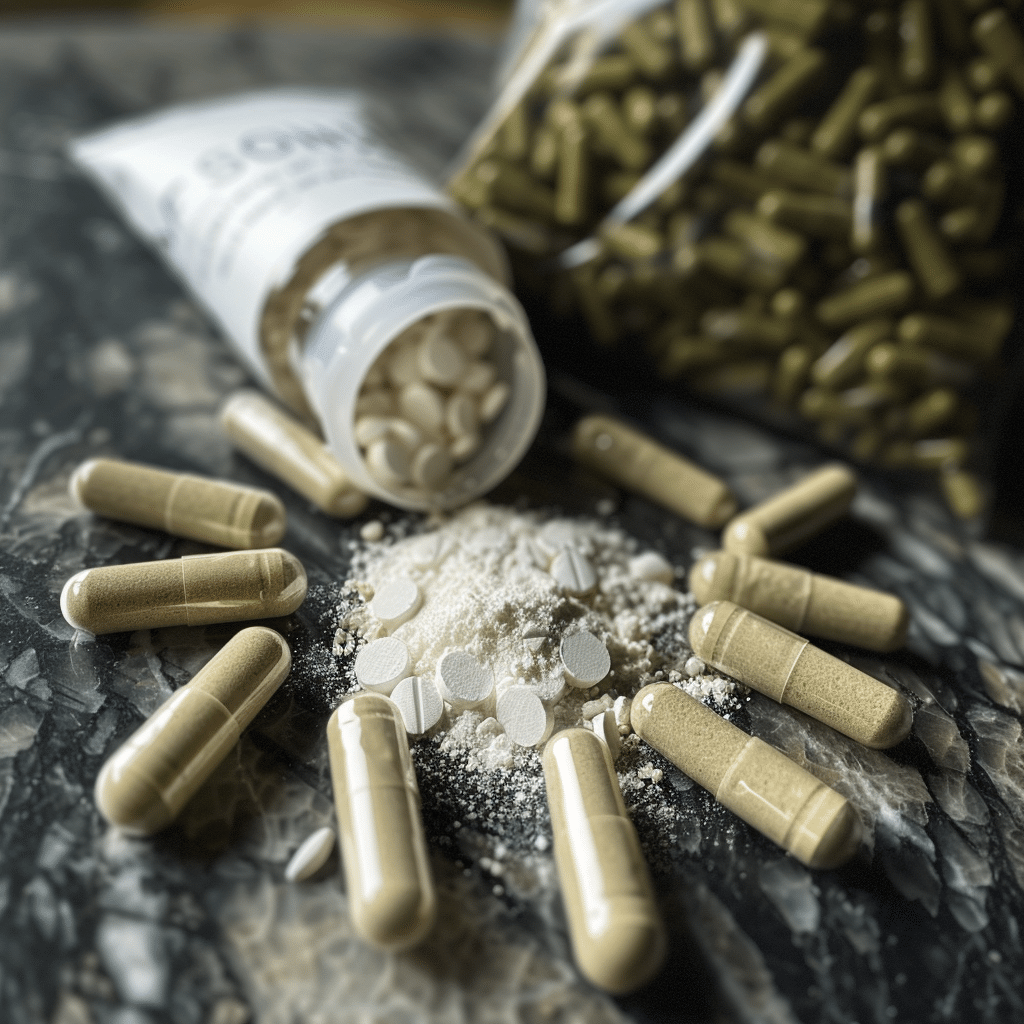
The Lifecycle of Heroin in Your System: A Timeline from First Use to Fading Effects
To unravel the lifecycle of heroin in the system is to understand its fleeting tenure and the merciless way it beckons for more. From the rush hitting in seconds to peak, plummet, and purge—heroin’s flight within the body is a twisted tale. Within 30 minutes, the effects announce their presence, but it takes about 5-15 minutes for IV users to hit the zenith. From there, the body busies itself, frantically converting heroin to 6-MAM, and then to morphine. In a matter of hours, the high is but a memory, but the silent work of metabolism and excretion can span days.
Heroin Metabolites and Long-Term Detection: What Stays Behind
Like a relationship gone sour, heroin leaves baggage behind. The metabolites. 6-MAM lingers just long enough to point fingers before it morphs to morphine, which loiters for days. These metabolites extend the window of detectability, clanging the alarms on drug tests, and marking the user long after the high has crashed. The story of these breakdown products is one of aftermath and evidence—proof of heroin’s visit long after it’s vacated the premises.
Personal Factors Influencing Duration: No Two Experiences Are the Same
Here’s the rub: “how long does heroin stay in your system” is not a one-answer-fits-all scenario. This visitor does not play by the same rules with everyone. Age, metabolic rate, body mass, general health—these are just a few of the factors tailoring the heroin experience. The young might clear it out faster than the old; the fit, quicker than those carrying extra weight. Look at Jack, who dabbles on weekends, and compare him to Jill, sinking in the quicksand of daily use—their bodies won’t chat the same tale. Divergent paths are carved by genetics, environmental influences, and the kin company heroin keeps—like alcohol or benzos—which can muddle the timeline and amplify risks.
Addiction, Tolerance, and the Escalating Timelines of Chronic Use
Regular rendezvous with heroin complicate the question of “how long does heroin last?” with each visit. Tolerance builds—you need more to score that high. Each hug of the drug changes the brain’s chemistry, rewiring the reward system, and cementing addiction’s shackles. For the chronic user, heroin becomes less a guest and more an imposer taking roost. Withdrawal tiptoes in when heroin leaves, prodding for another dose to calm the storm. Oh, how the timelines stretch and distort under addiction’s strain.
The Social and Health Impacts of Heroin: Beyond the Individual
The epic of heroin doesn’t end with the individual. It bleeds into every facet of life. A heroin habit drives wedges in families, muffles potential, and roils society with crime and loss. Arrest records climb, hospitals swell with the wounded, and public coffers drain. It’s more than personal; it’s communal. To say nothing of the shattering toll it takes on the user’s physical and mental well-being—chronic health issues, infectious diseases, the perpetual threat of overdose—it’s a societal scourge that we’re all footed with the bill for.
Strategies for Recovery and Eliminating Heroin From the Body
But hold fast to hope. Recovery lies within reach. Medical Ivonne armies like methadone and buprenorphine stand ready to bridge the gap to sobriety, and the holistic approaches buttress the spirit. The trick is not just to clip heroin’s wings short-term but to ground it—banish it from life’s narrative. It takes an alchemy of professional help, a web of support, and the mortar of personal resolve. Tailor a plan, stick it as you would your lifeline, and the looming question “how long does heroin last?” transforms from a quandary into a challenge met.
Conclusion: The Path Forward From Heroin’s Grip
As daylight breaks on the landscape of addiction, we clutch understanding like a compass. Recognizing “how long does heroin last” in all its facets arms us for the skirmishes ahead—both on the personal battlefront and across the terrains of policy and care. Let us then kindle a dialog among healers, leaders, and you, kind reader, to ebb the heroin tide with hearts open and informed. The promise of recovery and the shaping of a future free from heroin’s chains beckons us all to the forge. Together, let’s sculpt a path forward, one where every step counts and every victory is savored.
How Long Does Heroin Last: Unraveling the Timeline and Impact
When it comes to understanding heroin, let’s be real—it’s like trying to puzzle out a dramatic character in a movie, very complex and full of twists. But, folks, we’re gonna peel the layers back on this tricky topic and give you the scoop on just how long heroin hangs around.
The Quick and the Not-So-Furious High
Heroin is one sneaky player, hitting you with a high faster than Tenoch Huerta can steal a scene, leaving you wondering where reality went. But here’s the kicker: that intense euphoria? It’s a flash in the pan, peaking for just a few minutes before it waves goodbye faster than you can say jay Baruchel in an indie flick.
The Lingering Guest You Didn’t Invite
Alright, so you’ve got the rush out of the way, but heroin, like a bad party guest, just doesn’t know when to leave. The after-effects can hang tight for about 4 to 5 hours, roughly the same amount of time you’d spend binging through a TV drama. During this time, don’t be surprised if you’ve got a date with drowsiness, ’cause that’s one of the Signs Of heroin use, making you more sluggish than a Monday morning.
The Crash: Not Your Usual Hangover
Once the high fades, you might be hoping to get back to your regular schedule, but heroin has other plans, like a plot twist nobody asked for. What comes up must come down, and with heroin withdrawal, you’re signing up for a ride that’s rougher than a road trip with no snacks. Not exactly something you’d wanna experience Mothers day For someone who lost Their mom, right?
The Timeline: The Nitty-Gritty Details
Let’s get down to brass tacks. We’re talking half-life here—the time it takes for half of the drug to zip out of your system. Heroin’s half-life is like a cameo appearance, lasting only about 30 minutes, so it exits your body’s stage quicker than a scandalous Women Celebrities nude headline gets swiped from your newsfeed.
The Long Goodbye: When It’s Finally Over
Although the high and half-life are short-lived, don’t go thinking you can swipe right on normalcy just yet. Heroin’s metabolites can stick around in your system like those Cardi n Tits headlines – turning heads and raising questions. They can linger anywhere from one to four days, showing up to the urinalysis party uninvited and overstaying their welcome.
The Encore: Withdrawal Woes
And if you think you’ve seen the last of heroin after a few days, think again. How long Does fentanyl withdrawal last you ask? Well, it’s a cousin of heroin, and both of them can kick off withdrawal symptoms that’ll have you feeling as comfortable as sternum rubbing does soothing. Withdrawal can start as soon as 6 to 12 hours after the last dose, with the less-than-pleasant vibes sticking around for a week, or even longer.
So there you have it, folks, a peek into the timetables and tailspins of heroin’s impact. And remember, it’s a rabbit hole that’s best avoided—no ifs or buts. Stay educated, stay safe, and help us keep our stories moving towards happier endings.
